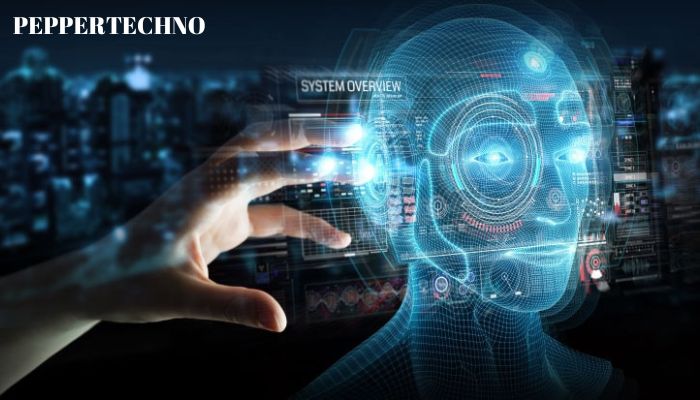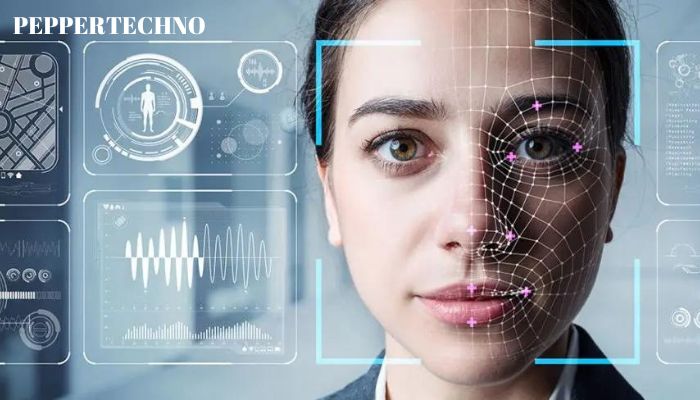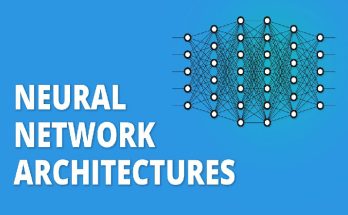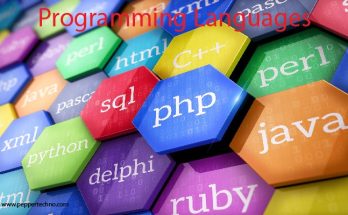Human or AI Game: Exploring the Thrilling World of AI vs. Human Gaming
In recent years, using artificial intelligence (AI) in gaming has become increasingly prevalent. AI is being utilized in various aspects of game development, from creating non-player characters (NPCs) to generating game mechanics. However, a new trend is emerging in the gaming industry – the collaboration between humans and AI. This collaboration aims to enhance the gaming experience by combining the strengths of both human creativity and AI capabilities.
The integration of AI in gaming has opened up a world of possibilities. Game developers are now able to create more immersive and dynamic worlds, where NPCs can exhibit realistic behaviors and game mechanics can adapt to player actions. However, there is still room for improvement. By combining human creativity and intuition with AI’s computational power and ability to process vast amounts of data, the potential for innovation in gaming is limitless.
The Role of AI in Gaming: From NPCs to Game Mechanics
AI plays a crucial role in gaming, enabling developers to create more realistic and engaging experiences for players. One of the most common uses of AI in gaming is the creation of NPCs. These virtual characters are designed to interact with players and simulate human-like behavior. Through AI algorithms, NPCs can exhibit emotions, make decisions based on their surroundings, and even learn from player interactions.
Another area where AI is utilized in gaming is procedural generation. This technique involves using algorithms to generate game content, such as levels, maps, or quests, on the fly. Procedural generation allows for infinite possibilities and ensures that each playthrough is unique. By leveraging AI’s ability to analyze patterns and generate content based on predefined rules, game developers can create vast and immersive worlds that would be impossible to manually design.
The Benefits of Human and AI Collaboration in Gaming
The collaboration between humans and AI in gaming brings numerous benefits to both developers and players alike. By combining human creativity and intuition with AI’s computational power, game developers can create more immersive and dynamic experiences. AI can assist in generating content, balancing gameplay, and even playtesting, allowing developers to focus on other aspects of game design.
Furthermore, human and AI collaboration can enhance the gaming experience for players. By leveraging AI’s ability to analyze player behavior and preferences, games can adapt to individual players, providing personalized challenges and experiences. This level of customization ensures that each player feels engaged and invested in the game, leading to increased player satisfaction and retention.
“The game utilizes AI algorithms to create realistic enemy behaviors, making each encounter feel unique and challenging. Additionally, the game adapts to player choices and actions, altering the narrative and gameplay accordingly. This collaboration between human storytelling and AI-driven mechanics creates a compelling and immersive experience for players.
The Challenges of Integrating AI in Gaming: Ethics and Bias
While the integration of AI in gaming brings numerous benefits, it also poses ethical challenges that need to be addressed. One of the main concerns is the potential for AI to perpetuate bias or discriminatory behavior. AI algorithms learn from data, which means that if the data used to train them contains biases, those biases can be reflected in the game.
To address this issue, game developers need to ensure that the data used to train AI algorithms is diverse and representative of different demographics. Additionally, implementing transparency and accountability measures can help identify and mitigate any biases that may arise. Developers must be aware of the ethical implications of using AI in gaming and take steps to ensure fairness and inclusivity.
The Future of Gaming: AI-Driven Game Design and Development
The future of gaming lies in AI-driven game design and development. As technology continues to advance, AI will play an even more significant role in shaping the gaming industry. AI algorithms will become more sophisticated, enabling developers to create more realistic and immersive experiences.
One area where AI-driven game design is already making an impact is in the creation of game levels. Traditionally, level design is a time-consuming and labor-intensive process. However, with the help of AI algorithms, developers can generate levels automatically, saving time and resources. This allows for more frequent updates and expansions, keeping players excited.
Another aspect of AI-driven game development is the use of machine learning algorithms to analyze player behavior and preferences. By understanding how players interact with the game, developers can tailor the experience to individual players, providing personalized challenges and content. This level of customization ensures that each player feels seen and heard, leading to a more engaging and satisfying gaming experience.
The Impact of Human and AI Collaboration on Esports
Esports, or competitive video gaming, has seen tremendous growth in recent years. The integration of human and AI collaboration in esports has the potential to revolutionize the industry. AI algorithms can assist players in analyzing gameplay data, identifying patterns, and providing strategic insights.
One example of successful human and AI collaboration in esports is the game “Dota 2.” In this multiplayer online battle arena (MOBA) game, AI algorithms have been developed to compete against professional players. These AI bots have been trained using machine learning techniques and have achieved impressive results, challenging even the best human players.
The collaboration between humans and AI in esports not only enhances the competitive aspect but also provides opportunities for skill development and training. By analyzing gameplay data and giving feedback, AI algorithms can help players identify areas for improvement and refine their strategies. This collaboration has the potential to elevate esports to new heights and attract a wider audience.
The Role of AI in Enhancing Player Experience and Immersion
AI has the potential to enhance player experience and immersion in gaming by creating more realistic and dynamic worlds. By leveraging AI algorithms, game developers can create NPCs that exhibit realistic behaviors and interact with players more naturally. This level of realism enhances the player’s sense of immersion and makes the game world feel more alive.

Additionally, AI can be used to create dynamic game mechanics that adapt to player actions. For example, in a role-playing game, AI algorithms can analyze player choices and adjust the narrative accordingly, creating a personalized and immersive experience. This level of customization ensures that each player feels invested in the game and increases their emotional connection to the story and characters.
One example of successful AI integration in enhancing player experience and immersion is the game “Red Dead Redemption 2.” The game utilizes AI algorithms to create a living, breathing world where NPCs have their schedules, routines, and interactions. This level of detail and realism immerses players in the game world, making it feel like a living, breathing entity.
The Potential of AI in Creating Personalized Gaming Experiences
One of the most exciting possibilities of human and AI collaboration in gaming is the creation of personalized gaming experiences. By leveraging AI’s ability to analyze player behavior and preferences, games can adapt to individual players, providing tailored challenges and content.
For example, in a first-person shooter game, AI algorithms can analyze a player’s shooting accuracy and adjust the difficulty level accordingly. If a player consistently performs well, the game can increase the challenge by introducing tougher enemies or more complex objectives. On the other hand, if a player is struggling, the game can provide additional assistance or adjust the difficulty level to ensure a satisfying experience.
Another example is the use of AI algorithms to generate personalized quests or missions based on a player’s playstyle or preferences. By analyzing gameplay data, AI can identify patterns and generate content that aligns with a player’s interests. This level of customization ensures that each player feels engaged and invested in the game, leading to increased player satisfaction and retention.
The Importance of Balancing Human and AI Input in Game Design
While the collaboration between humans and AI in gaming brings numerous benefits, it is crucial to achieve a balance between human and AI input in game design. While AI algorithms can assist in generating content and analyzing player behavior, human creativity, and intuition are still essential in creating compelling and engaging experiences.
Game developers need to ensure that AI is used as a tool to enhance human creativity, rather than replace it. By leveraging AI’s computational power and ability to process vast amounts of data, developers can focus on other aspects of game design, such as storytelling, character development, and world-building.
Additionally, it is important to involve players in the game design process. By soliciting feedback and incorporating player input, developers can create games that resonate with their audience. This collaborative approach ensures that the final product is a result of both human creativity and AI capabilities, leading to a more engaging and satisfying gaming experience.
Conclusion: The Exciting Possibilities of Human and AI Collaboration in Gaming
The collaboration between humans and AI in gaming opens up a world of possibilities. By combining human creativity and intuition with AI’s computational power and ability to process vast amounts of data, game developers can create more immersive, dynamic, and personalized experiences for players.
While there are challenges to overcome, such as ethical considerations and bias, the potential for innovation in gaming is limitless. The integration of AI in game design and development has the potential to revolutionize the industry, enhancing player experience, and pushing the boundaries of what is possible.
As technology continues to advance, we can expect to see even more exciting possibilities emerge. The future of gaming lies in the collaboration between humans and AI, where creativity meets computational power. It is an exciting time for the gaming industry, as we witness the emergence of a new era – one where humans and AI work together to create unforgettable gaming experiences.



